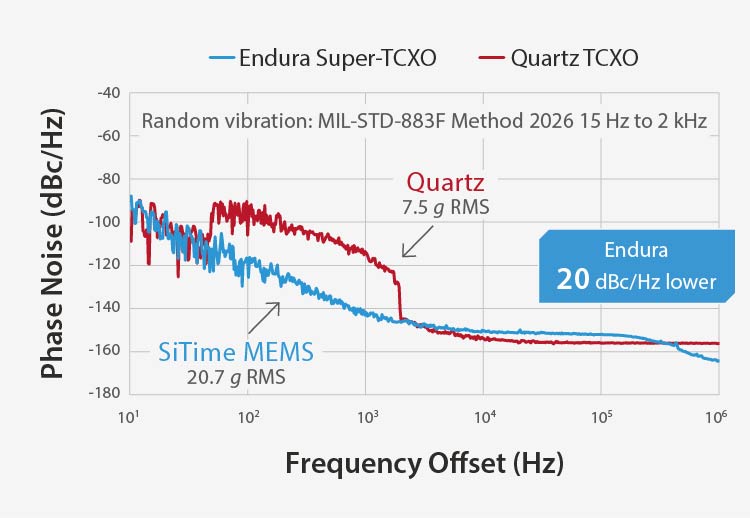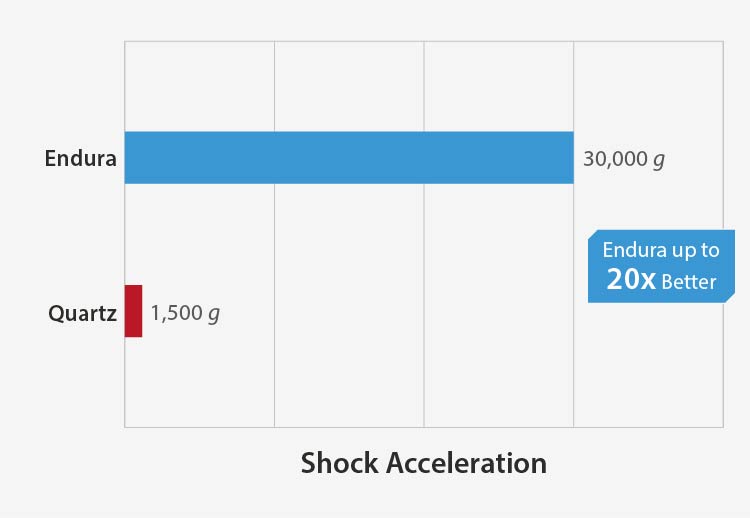MEMS Timing Solutions for Open Architectures
| Devices | Better Performance | Key Features |
|---|---|---|
|
OCXOs
SiT7111 10 to 60 MHz
SiT7112 60 to 220 MHz
SiT7101 10 to 60 MHz
SiT7102 60 to 220 MHz
|
|
|
|
Ultra-low Stability Super-TCXOs
SiT5543 1 to 60 MHz
SiT5541 1 to 60 MHz
|
|
|
|
Low Phase Noise Super-TCXOs
SiT7201 10 to 60 MHz
SiT7202 60 to 220 MHz
|
|
|
|
Super-TCXOs
SiT5348 1 to 60 MHz
SiT5349 60 to 220 MHz
SiT5346 1 to 60 MHz
SiT5347 60 to 220 MHz
|
|
|
|
32 kHz TCXO
SiT7910 32 kHz
|
|
|
|
Low Jitter Differential Oscillators
SiT9551 25 to 644 select frequencies
SiT9356 1 to 220 MHz
SiT9357 220 to 920 MHz
|
|
|
|
Low g-sensitivity Oscillator
SiT8944 1 to 137 MHz
SiT8945 1 to 137 MHz
|
|
|










